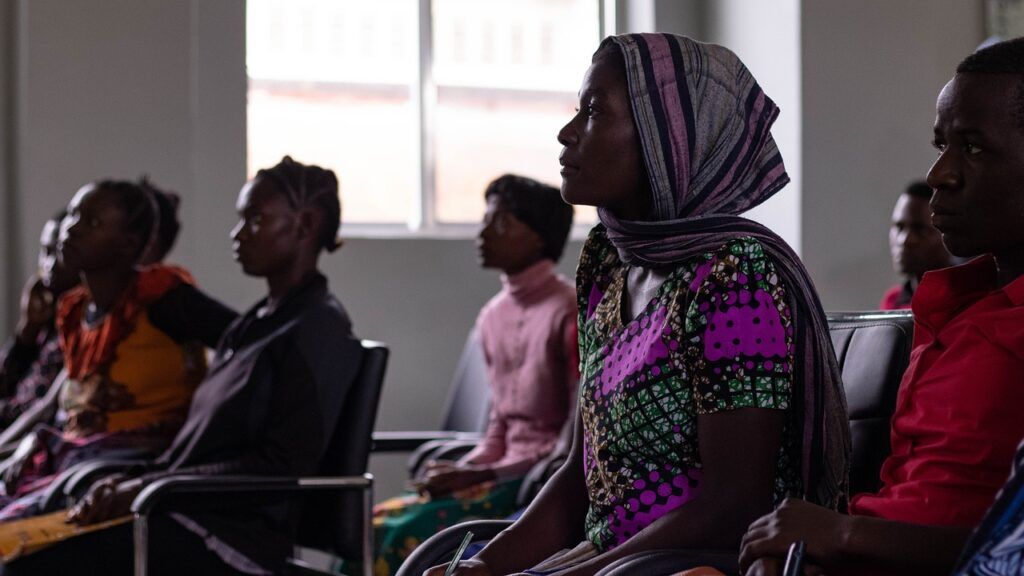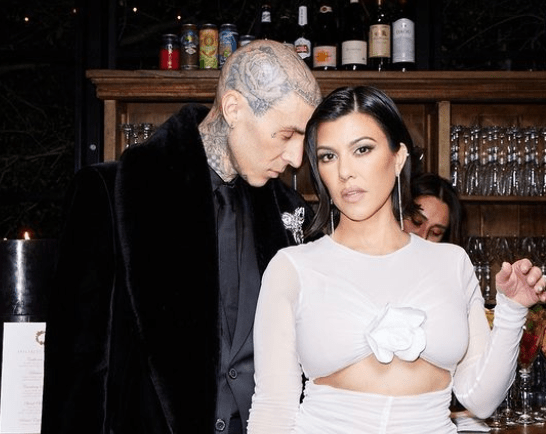Refugees and humanitarian entrants in Australia are less likely to self-report asthma and cancer, with rates 60% lower than the general population, new research shows.
They also report fewer chronic lung conditions and mental health issues, both at 50% lower rates, as per data from the 2021 Census, according to a report published by The Australian Institute of Health and Welfare (AIHW) on Friday.
However, this group is more likely Health Challenges to self-report certain long-term health conditions. Notably, they report an 80% higher prevalence of diabetes and kidney disease, a 40% higher incidence of stroke, and a 30% higher rate of dementia compared to the broader Australian population.

The government-funded report, titled Health of Refugees and Humanitarian Entrants in Australia, provides insight into health outcomes, health service usage, and causes of death for refugees and humanitarian entrants who arrived in Australia between 2000 and 2020.
“Good health is vital for refugees and humanitarian entrants to settle in Australia and rebuild their lives through social, economic, and cultural opportunities,” AIHW spokesperson Vanessa D’Souza said.
“The experiences of refugees and humanitarian entrants prior to their arrival in Australia can have a significant impact on their health outcomes.
“Understanding patterns of health outcomes and service use is important to identify gaps in accessing appropriate healthcare, and to inform the design and delivery of healthcare and settlement services.”

In 2021, nearly 90% of refugee and humanitarian entrants had consultations with general practitioners (GPs), with almost all of these visits (approximately 99%) being bulk-billed. This higher rate of bulk-billing can be attributed, in part, to many refugees residing in areas where bulk-billing is prevalent.
Furthermore, bulk-billing rates were notably higher for this group across various Health Challenges healthcare services, including specialist attendances (64% compared to 34%) and anaesthetics (63% compared to 11%).
Notably, refugees and humanitarian entrants who arrived in the last five years had a slightly higher rate of GP visits than those who arrived more than a decade ago, with an average of 9.5 visits per person versus 8.8 visits per person.
“Refugees and humanitarian entrants face unique challenges that heighten their risk for some causes of death compared to the rest of the Australian population in their new country of settlement,” D’Souza said.
The report also shows that between 2007 and 2020, the mortality rate among refugees and humanitarian entrants was 2.4 times higher for accidental drowning and 1.5 times higher for liver cancer when age adjustments were taken into account.
These findings underscore the importance of addressing the unique healthcare needs of this population and the need for tailored healthcare services and support.

